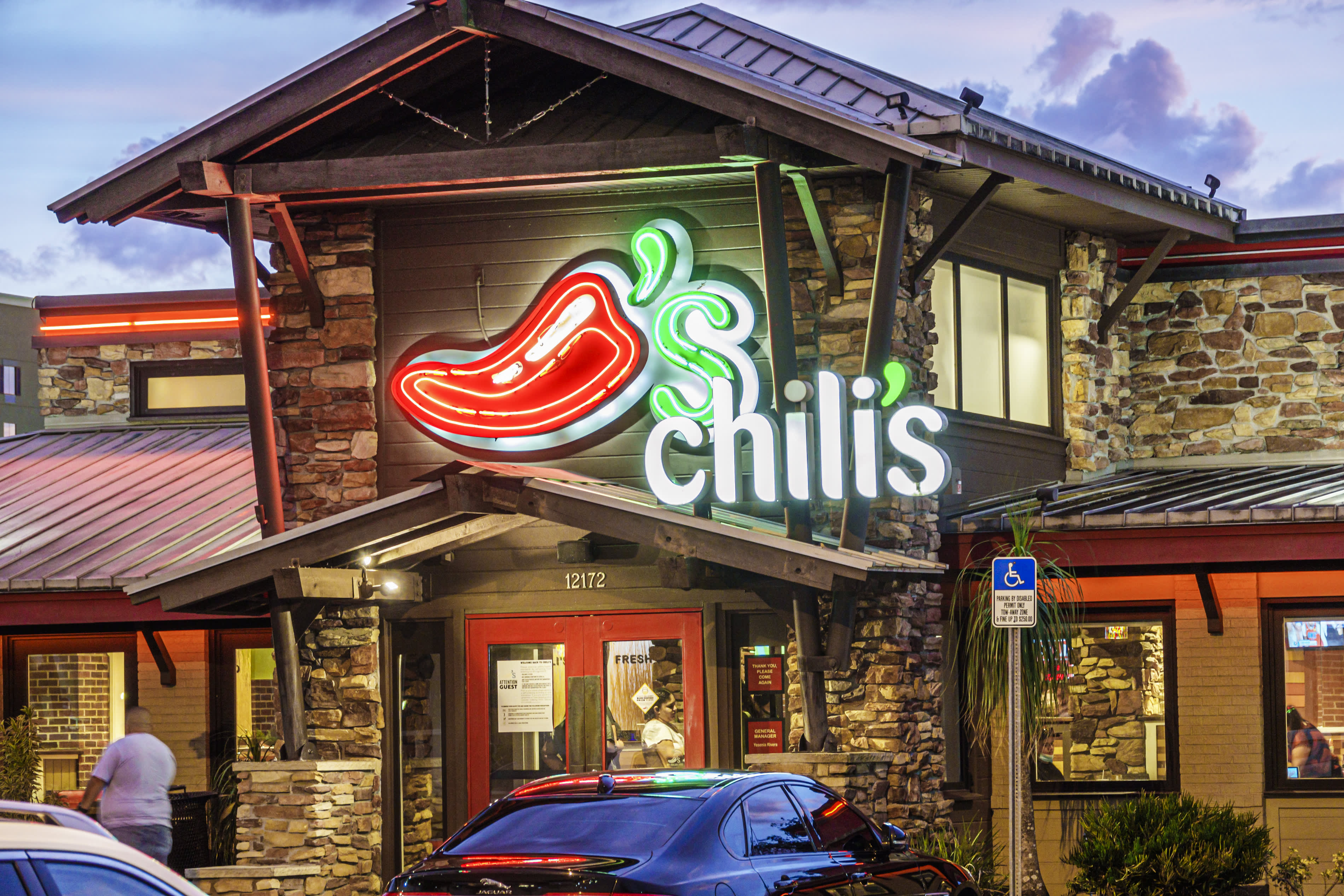
An ad campaign targeting fast-food chains and a TikTok-viral appetizer helped Chili’s same-store sales climb nearly 15% in its latest quarter.
But Kevin Hochman, CEO of parent company Brinker International, told CNBC that the chain’s strong performance is just a sign that customers are finally catching onto the chain’s two-year turnaround.
Shares of Brinker have climbed 53% this year, bringing its market value up to $2.99 billion. However, the stock closed 10.7% lower Wednesday after the company disappointed analysts with weaker-than-expected earnings and a conservative outlook for its fiscal 2025.
Shares were up 7% in afternoon trading on Thursday, rebounding from what BMO Capital Markets called an “overreaction” from investors. KeyBanc Capital Markets also upgraded the stock on Thursday, saying that its quarterly results were misunderstood.
Forecast aside, Chili’s made even StreetAccount’s same-store sales estimates of 8.6% growth look cautious. Its 14.8% same-store sales growth puts it in rare company, joining Chipotle and Wingstop as the few public restaurants reporting strong traffic and same-store sales growth at a time when many consumers are pulling back their spending, putting pressure on the industry. Chili’s casual-dining rivals like Applebee’s, owned by Dine Brands, and Bloomin’ Brands’ Outback Steakhouse, reported same-store sales declines for their latest quarters.
“This is just a whole ‘nother step change in the business,” Hochman said. “I think sky’s the limit for this brand.”
About 60% of Chili’s growth in its latest quarter came from its $10.99 Big Smasher meal, according to Hochman. The chain promoted the deal by taking aim at fast-food rivals in TV ads.
“We had tapped into this insight that we were seeing in social media months prior, that customers were upset about where fast-food prices were going,” Hochman said. “The advertising clearly touched a nerve on that.”
Another successful menu item for Chili’s this quarter was its Triple Dipper, which lets diners select three appetizers and dips. The item went viral on TikTok in May. Hochman estimates that the Triple Dipper accounted for about 40% of the chain’s sales growth.
But the popularity of both the Triple Dipper and the Big Smasher created new problems for Chili’s. Its restaurants have to be prepared to serve the influx of customers, many of whom were trying Chili’s for the first time or returning after a long time away. Hochman said Chili’s has been investing in labor for the last two years — from hiring bussers to adding more cooks — but those steps pressured its bottom line this quarter.
Chili’s turnaround has touched more than just its workforce, according to Hochman.
Under his leadership, the company has spent the last two years trying to grow sales profitably. Chili’s has culled its menu, shedding about 22% of items.
Brinker has also ended some less profitable strategies to attract customers. Chili’s doesn’t offer as many coupons as it once did, and Brinker pulled the plug on its Maggiano’s Italian Classics virtual brand.
At the same time, Chili’s also leaned into value ahead of the competition, who are now rolling out their own deals. But Hochman is confident that Chili’s can hold onto its lead — and the new customers that TikTok and TV ads have brought.
“We’ve been advertising our value for almost 18 months, and a lot of folks are coming late to the game, and sometimes it’s more aggressive value, and they just don’t have the awareness that we have, because we’ve been at it a while,” he said.
But as Brinker heads into a new fiscal year, holding onto its new customers could prove to be difficult. A plethora of restaurants, from McDonald’s to Outback Steakhouse, have unveiled value meals meant to appeal to diners seeking discounts. And customers could keep cutting back their restaurant visits to save money. Prices for food away from home, which have risen 4.1% over the last 12 months, have stayed relatively sticky.
For Brinker’s fiscal 2025, which kicked off in July, the company is anticipating earnings per share of $4.35 to $4.75 and revenue growth of 3% to 4.6%. Investors were expecting a stronger outlook for growth, given Chili’s recent success. But Brinker is playing it safe in case the economy worsens.
“It’s important for our team to set goals that we think are achievable,” Hochman said.
“[The economy] certainly has taken a turn for the worse in the past three to four months,” he added.







